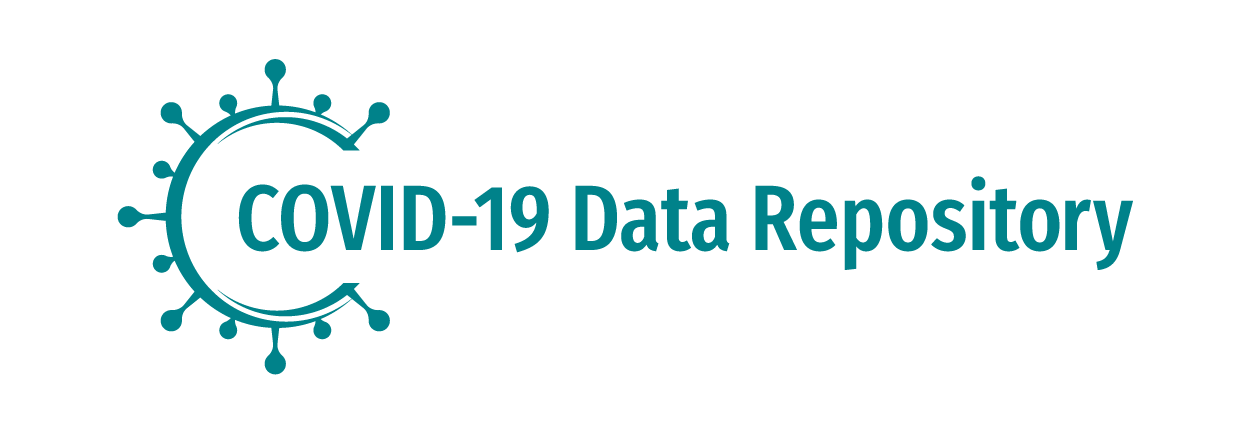A newer version of this project is available. See below for other available versions.
COVID-19 Coping Study
Principal Investigator(s): View help for Principal Investigator(s) Lindsay Kobayashi, University of Michigan. School of Public Health; Jessica Finlay, University of Michigan. Institute for Social Research
Version: View help for Version V1
| Name | File Type | Size | Last Modified |
|---|---|---|---|
|
|
application/pdf | 282.3 KB | 07/19/2021 07:25:AM |
|
|
application/pdf | 289.9 KB | 07/09/2021 07:49:AM |
|
|
application/pdf | 292.3 KB | 07/09/2021 07:53:AM |
|
|
application/pdf | 251.7 KB | 07/09/2021 07:57:AM |
|
|
application/pdf | 245.6 KB | 03/15/2021 07:49:AM |
|
|
application/pdf | 248 KB | 03/15/2021 08:29:AM |
|
|
application/pdf | 177.1 KB | 03/15/2021 09:13:AM |
|
|
application/vnd.openxmlformats-officedocument.spreadsheetml.sheet | 78.8 KB | 10/12/2021 10:52:AM |
|
|
text/csv | 24.5 MB | 10/12/2021 10:58:AM |
|
|
text/csv | 11.9 MB | 10/12/2021 10:53:AM |
- Total of 13 records. Records per page
- « previous Page of 2
- next »
Project Citation:
Project Description
Scope of Project
Methodology
The second sampling frame was the ‘panel sample’, which was recruited from an online research panel maintained by the professional survey company Dynata. Sampling quotas were implemented for age, gender, race, ethnicity and education that matched the general US population aged ≥55 years based on the Centers for Disease Control and Prevention’s Wideranging Online Data for Epidemiologic Research. Panel sample participants received a nominal amount of approximately US$1.
Self-rated health was measured with a 5-point Likert scale, ranging from 0 (poor) to 4 (Excellent)
Self-rated memory was measured with a 5-point Likert scale, ranging from 0 (poor) to 4 (Excellent)
Loneliness was measured using the three-item University of California, Los Angeles (UCLA) Loneliness Scale (Hughes et. al., 2004).
Depression was measured using the eight-item Center for Epidemiological Studies Depression (CES-D) Scale (Steffick, 2000).
Anxiety was measured using the Beck Anxiety Inventory (Smith et. al., 2017).
Worry about COVID-19 pandemic was measured with a 5-point Likert scale, ranging from 0 (Not at all) to 4 (Extremely).
Participant's level of agreement that they received assistance from their community during social distancing measures or shelter in place orders was measured with a 5-point Likert scale, ranging from 0 (strongly disagree) to 4 (strongly agree).
Participant's level of agreement that the federal government cares about older adults in America was measured with a 5-point Likert scale, ranging from 0 (strongly disagree) to 4 (strongly agree).
Participant's level of agreement that their state government cares about older adults in their state was measured with a 5-point Likert scale, ranging from 0 (strongly disagree) to 4 (strongly agree).
Participant's level of agreement that respect for older adults has decreased during COVID-19 was measured with a 5-point Likert scale, ranging from 0 (strongly disagree) to 4 (strongly agree).
Industry working in or worked in before retirement was coded from open-ended descriptions according to the 2018 Standard Occupational Classification from the U.S. Bureau of Labor Statistics.
Related Publications
Published Versions
Found a serious problem with the data, such as disclosure risk or copyrighted content? Let us know.
This material is distributed exactly as it arrived from the data depositor. ICPSR has not checked or processed this material. Users should consult the investigator(s) if further information is desired.
